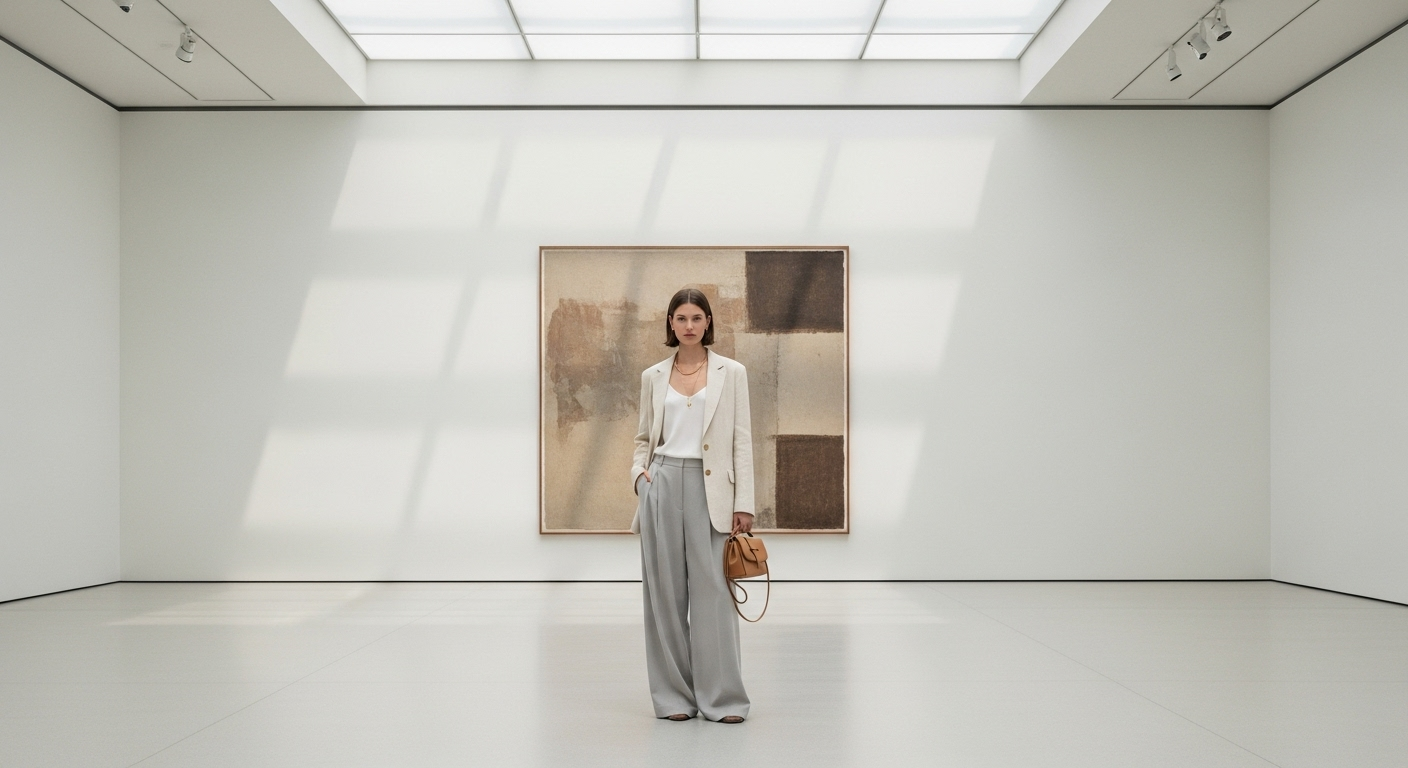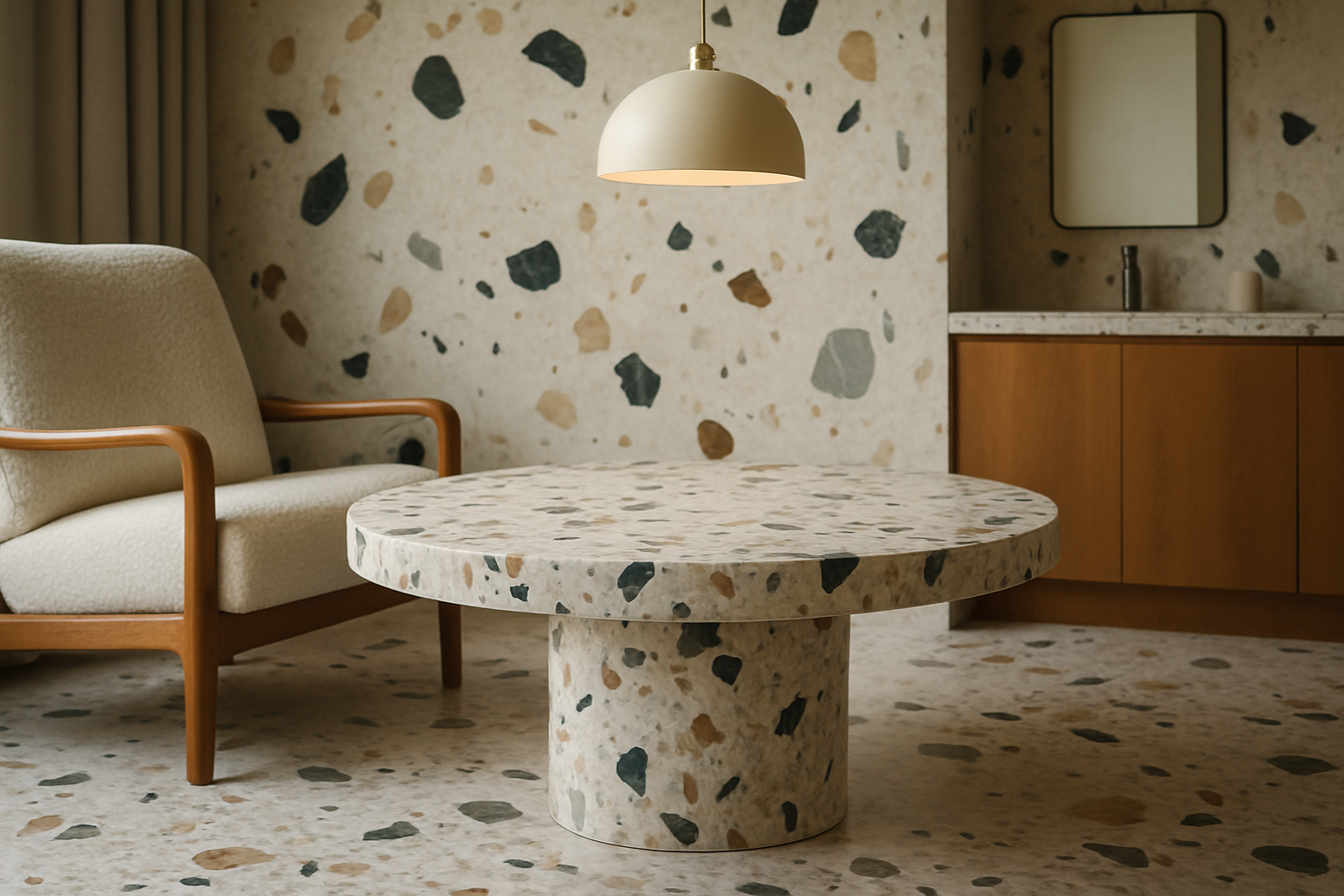The Underrated Appeal of Minimalist Fashion: A Modern Renaissance
From the endless glamour of haute couture to the vibrant patterns of streetwear, fashion has always been a reflection of the society we live in. But in recent years, a new trend has quietly emerged, one that is seemingly at odds with the glitz and fast pace of modern life - minimalist fashion.

Minimalist fashion, with its emphasis on simplicity and functionality, is not a new concept. It has its roots in the 1960s and 1970s, when designers such as Jil Sander and Calvin Klein began to challenge the status quo with their understated and refined collections. Today, minimalist fashion is experiencing a renaissance, evolving into a style that is both timeless and deeply relevant to our increasingly complex lives.
The Appeal of Less is More
Minimalist fashion is built on the principle of less is more. It values quality over quantity, functionality over frills, and simplicity over complexity. This design philosophy is appealing to many modern consumers, who are seeking to declutter their lives and wardrobes. As the world becomes more chaotic and unpredictable, there is a growing desire for simplicity and serenity in our personal spaces, including our closets.
Minimalist fashion is not about blandness or uniformity, but about making thoughtful choices. It’s about choosing pieces that are versatile, well-made, and that reflect your personal style. It’s about creating a wardrobe that can stand the test of time, rather than chasing after fleeting trends.
The Evolution of Minimalist Fashion
While minimalist fashion has always valued simplicity and functionality, it has also evolved over time. In the 1990s, designers like Helmut Lang and Jil Sander popularized a sleek, pared-down aesthetic that was both elegant and avant-garde. Today, minimalist fashion is more varied and inclusive, embracing different body types, ages, and personal styles.
Moreover, minimalist fashion is no longer just about neutral colors and clean lines. Today’s minimalist designers are experimenting with textures, fabrics, and silhouettes, creating pieces that are simple yet distinctive. From oversized blazers and wide-leg pants to architectural dresses and sculptural accessories, minimalist fashion is more exciting and diverse than ever.
The Impact of Minimalist Fashion on Shopping Habits
Minimalist fashion is not just a style, but a mindset. It encourages consumers to buy less but better, to value quality and longevity over quantity and trendiness. This shift in consumer behavior is having a profound impact on the fashion industry, pushing brands to focus more on sustainability and transparency.
As more consumers embrace minimalist fashion, brands are also having to rethink their marketing strategies. Instead of promoting seasonal trends and limited-edition collections, many brands are now focusing on timeless essentials and versatile staples.
Practical Insights for Embracing Minimalist Fashion
-
Start with the basics: Invest in high-quality essentials that can be easily mixed and matched.
-
Prioritize quality: Look for pieces that are well-made and durable, rather than cheap and disposable.
-
Choose versatile pieces: Opt for items that can be dressed up or down, and that work well with other pieces in your wardrobe.
-
Experiment with textures and silhouettes: Minimalist fashion doesn’t have to be boring. Experiment with different fabrics, textures, and shapes to keep your wardrobe interesting.
In conclusion, minimalist fashion is more than just a trend—it’s a lifestyle choice that reflects a desire for simplicity, quality, and sustainability. As we move forward into an increasingly complex and uncertain world, the appeal of minimalist fashion will only continue to grow. It serves as a reminder that sometimes, less really is more.





